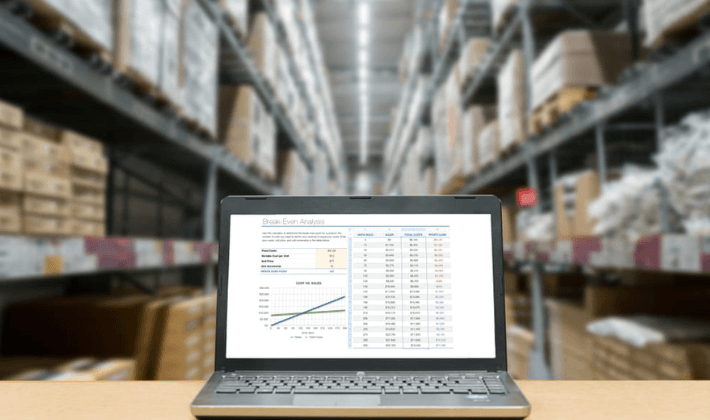
Digital technologies transform every industry they touch. Freight is no exception. And while the past decade has seen unprecedented advancements in software, connected hardware, and mobile technologies, it’s just a preview of what’s to come. The true digital boom has yet to hit the freight industry – but it’s quickly coming, driven by a well-known catalyst: high costs.
What’s Driving up Freight Costs?
The increasing globalization of supply chains and freight logistics has brought about more opportunities—and more costs. For regional freight players phasing into globalized supply chains, these costs can quickly come as a shock. They make it hard to scale and difficult to unburden a balance sheet that may become leveraged as companies try to keep pace with the growing scope of competition.
Among the most prevalent concerns are the cost of labor — especially against markets with lower wage prospects — and the complexities of global trade regulations. Even something as seemingly simple as shipping into a new country can bring extensive challenges for accounting, taxation, and logistics. Add on volatile fuel costs, competitive freight rates, and accessorial fees to the mix and costs only go up.
Even companies that can account for globalization struggle. Capital losses occur immediately; positive cash flow generally takes time to ramp up. As a result, companies are stuck with trailing losses before their investments pay off.
Using a TMS to Uncover Inefficient Costs
When faced with the inevitable choice of innovation at cost or antiquation by force, companies are pushed into the former. To mitigate the squeeze of this position, most turn to technology. The simplest, most accessible, and most familiar, is a robust TMS system.
TMS systems aren’t new or novel. They’re an industry staple that’s growing in tandem with the globalizing industry. Simply put: TMS systems are becoming smarter, more integrated, and more essential. Take the following very basic example.
Company XYZ has decided to expand freight operations into a new country. Using a modern TMS, they’ll be able to see a big picture of their costs — everything from taxes and tariff fees, to currency translations, and beyond. By plugging logistical data into the TMS, Company XYZ is able to see its costs and opportunities for cutting those costs.
Even domestically, the cost-cutting power of a TMS solution is undeniable. Something as simple as route mapping through a TMS can help prevent common problems like deadhead haulage, again mitigating costs.
Logistics are More Complex So is Technology
The world is getting smaller, which means freight providers need to get smarter and more flexible. Digitizing operations is the best approach to this. Using a robust TMS to uncover cost inefficiencies gives competitive freight companies the means to control a broad range of costs, including:
- Customer-specific billing and shipping rates
- Fleet maintenance and repair costs
- Dispatch and logistics costs
- Mileage and haulage calculations
- Load management
By controlling the costs of these operational cornerstones and others, freight providers address costs where they occur, instead of after the fact. This in turn tightens up accounting and reconciliation practices, amounting to better revenue expectations.
In an age when freight companies are being forced to grow and evolve, those investing in technology will have a better path to sustainability. As it has done in so many industries already, digital technology is shining a light on how to address physical costs with smarter solutions.
